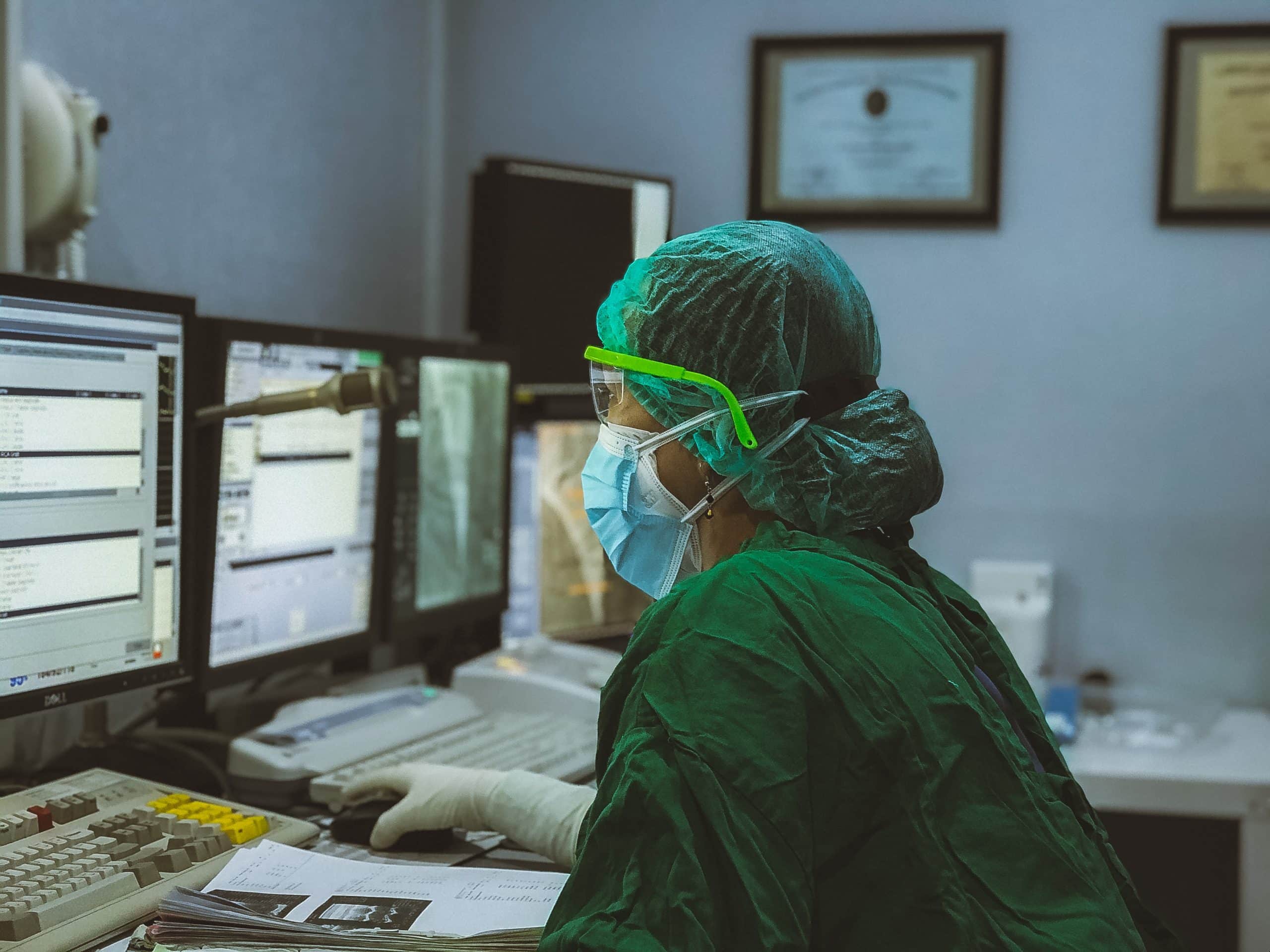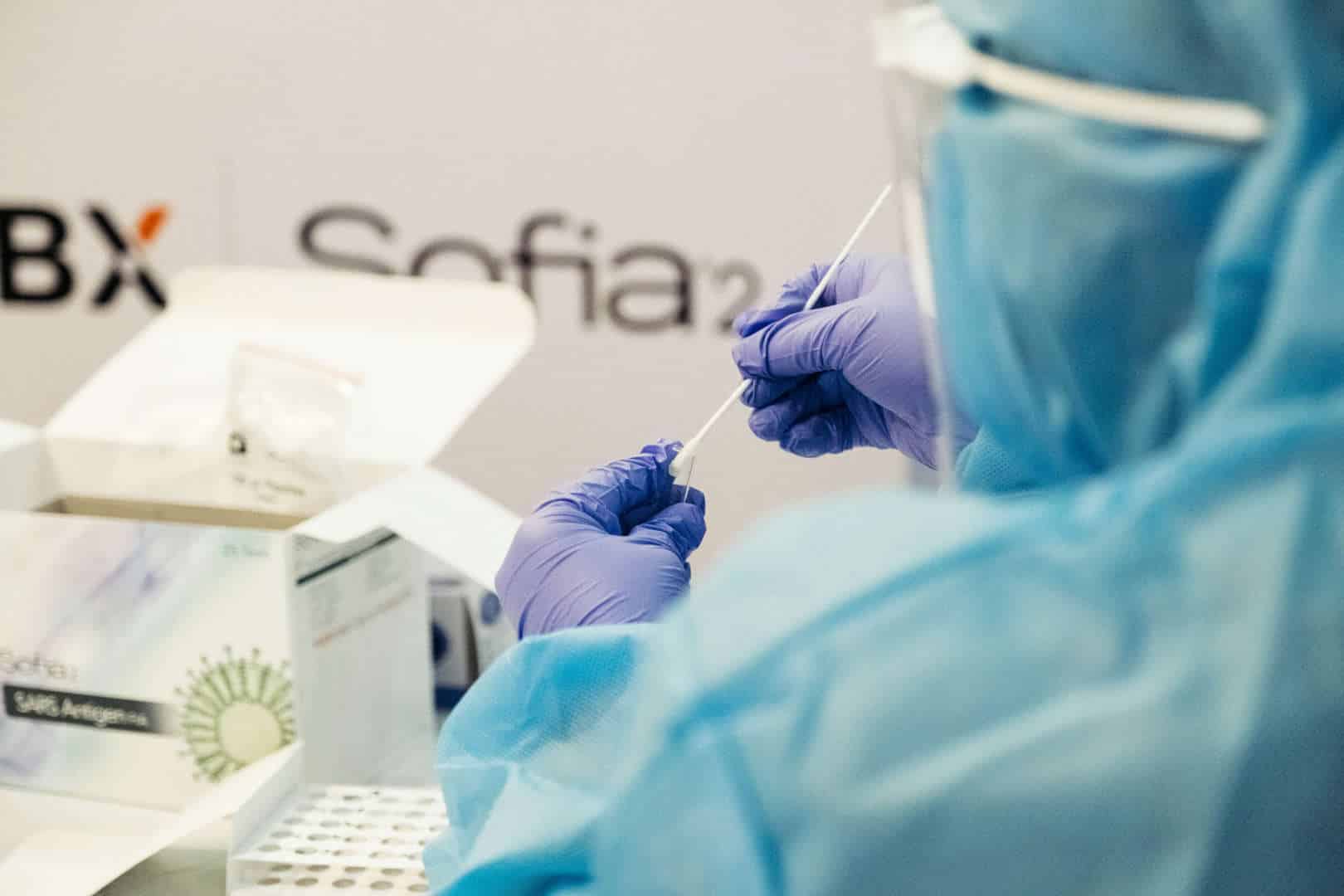Fast Healthcare Interoperability Resources (FHIR), What It Is and Why You Should Care
In the 1960s record keeping began to shift from handwritten notes on paper charts to transcribed information into electronic healthcare records or EHR. At its inception, EHR was so expensive only the government and large healthcare organizations could afford the transition.
The arrival of the internet created a demand for sharing EHR, as well as secure cloud data transmission from connected medical devices. All of these changes introduced new challenges in storing and sharing data, especially given privacy and data security concerns. Most recently, COVID-19 underscored the importance and usefulness of device and data interoperability.
In today’s rapidly evolving healthcare landscape, interoperability, data exchange, and regulatory compliance are critical considerations for medical device manufacturers (MDMs).
Fortunately, there is a system that addresses these challenges and paves the way for enhanced collaboration between medical devices and healthcare systems. This solution is known as Fast Healthcare Interoperability Resources (FHIR).
What is FHIR and its Relevance to Medical Device Companies?
Beginning in 2012, Health Level Seven International (HL7), a not-for-profit organization accredited by the American National Standards Institute, began developing FHIR. HL7 develops and provides frameworks and standards for the sharing, integrating, and retrieving of clinical health data and other electronic health information.
The FHIR standard enables efficient and secure data exchange between various healthcare systems, including medical devices, electronic health records (EHRs), and health information exchanges (HIEs).
FHIR offers a significant advantage for medical device companies by streamlining data sharing, promoting interoperability, and facilitating collaboration with healthcare providers. The FHIR standard helps MDMs enhance the value and usability of their products, leading to improved patient outcomes and increased market opportunities.
The Purpose of the FHIR Standard
The primary purpose of the FHIR standard is to provide a framework for exchanging healthcare information in a structured, consistent, and standardized format. FHIR enables the seamless sharing of patient data across different healthcare applications and systems, regardless of technology or platform.
In addition, FHIR promotes modularity and extensibility, allowing for incremental adoption and easy customization to suit specific use cases.
Benefits of FHIR for Medical Device Companies
FHIR helps medical devices seamlessly integrate into their specific healthcare ecosystem, improving outcomes by reducing errors and enabling more diversity in study datasets. The following benefits help increase the value and functionality of medical devices.
- Improved Interoperability and Data Exchange: FHIR’s standardized data models and APIs facilitate seamless integration between medical devices and healthcare systems. This interoperability leads to more efficient workflows, reduced errors, and improved care coordination.
- Enhanced Medical Device Development and Integration: FHIR offers a flexible and scalable framework for developing medical devices. It allows for standardized data capture and helps manufacturers to leverage existing FHIR resources and profiles, such as patient demographics, observations, and vital signs, reducing development time and effort.
- Facilitates Remote Patient Monitoring and Telehealth: Telehealth is one of the fastest-growing healthcare sectors. Forbes cites a study by MarketsandMarkets predicting demand for telemedicine to rise by 38% over the next five years. In the era of remote patient monitoring and telehealth, FHIR is vital in enabling seamless data exchange between medical devices and remote monitoring platforms.
- Expanded Market Opportunities: Interoperability enables medical devices to seamlessly integrate and communicate with other healthcare systems, such as EHRs, clinical decision support systems, and telehealth platforms. Interoperable devices are more attractive to healthcare providers and organizations seeking to streamline workflows and enhance patient care.
- Improved Product Value and Differentiation: Medical devices prioritizing interoperability provide enhanced customer value. Manufacturers who invest in interoperability demonstrate a commitment to delivering cutting-edge solutions that can seamlessly fit into existing healthcare environments, setting themselves apart from competitors.
- Enhanced User Experience: Interoperable medical devices facilitate streamlined workflows and data exchange between various healthcare systems. By prioritizing interoperability, manufacturers can enhance the user experience of their devices, making them more user-friendly and intuitive for healthcare providers.
- Increased Customer Satisfaction and Loyalty: Interoperable devices contribute to better care coordination, remote monitoring capabilities, and more efficient healthcare workflows. Such advancements enhance customer satisfaction and loyalty by reducing the administrative burden and improving patient outcomes.
- Future-Proofing and Adaptability: Interoperability is becoming increasingly important in healthcare, and regulatory bodies are placing emphasis on data exchange standards. Medical device manufacturers future-proof their products by prioritizing interoperability in device development, ensuring continued relevance in an evolving healthcare ecosystem.
Interoperability is a key enabler for advanced medical device manufacturers, paving the way for improved patient care and contributing to the overall advancement of healthcare.
FHIR and Regulatory Compliance
While FHIR brings tremendous benefits to medical device companies, implementing the standard in compliance with regulations can be challenging. However, FHIR can also assist in achieving and maintaining regulatory compliance, such as with the Health Insurance Portability and Accountability Act (HIPAA) and the General Data Protection Regulation (GDPR), for example:
- Secure Data Exchange: FHIR incorporates robust security and privacy measures, including authentication, authorization, and encryption, to protect patient data during transit. Medical device companies can leverage these built-in security features to ensure compliance with regulatory requirements and mitigate the risk of data breaches.
- Consent Management: FHIR provides mechanisms for managing patient consent and controlling the sharing of sensitive health information. By leveraging FHIR’s consent management capabilities, medical device manufacturers can align with privacy regulations, empowering patients to manage their data and ensuring compliance with laws such as HIPAA and GDPR.
The requirement for FHIR in FDA clearance for advanced medical devices varies depending on the specific device and its intended use. While FHIR may not be an explicit mandate for clearance, the FDA encourages manufacturers to adopt interoperability standards, including FHIR, to facilitate data exchange and improve patient care.
Cybersecurity Risks with Interoperability
With the growing interoperability of medical devices, cybersecurity concerns have become more prominent. Recognizing the importance of addressing cybersecurity risks, the FDA is actively engaged in addressing these issues. To stay informed about the FDA’s efforts and recommendations for safeguarding medical devices and systems against cybersecurity vulnerabilities, check out the FDA’s dedicated Cybersecurity page.
Moving Ahead
Driven by the reality of a more connected world, the FHIR standard addresses critical challenges advanced medical device manufacturers and startups face. Integrating FHIR can lead to competitive advantages in the marketplace.
Do you have questions about FHIR integration for your advanced medical device? Our team has deep experience consulting with advanced medical device startups and manufacturers about interoperability issues. Reach out today to get the conversation started.






